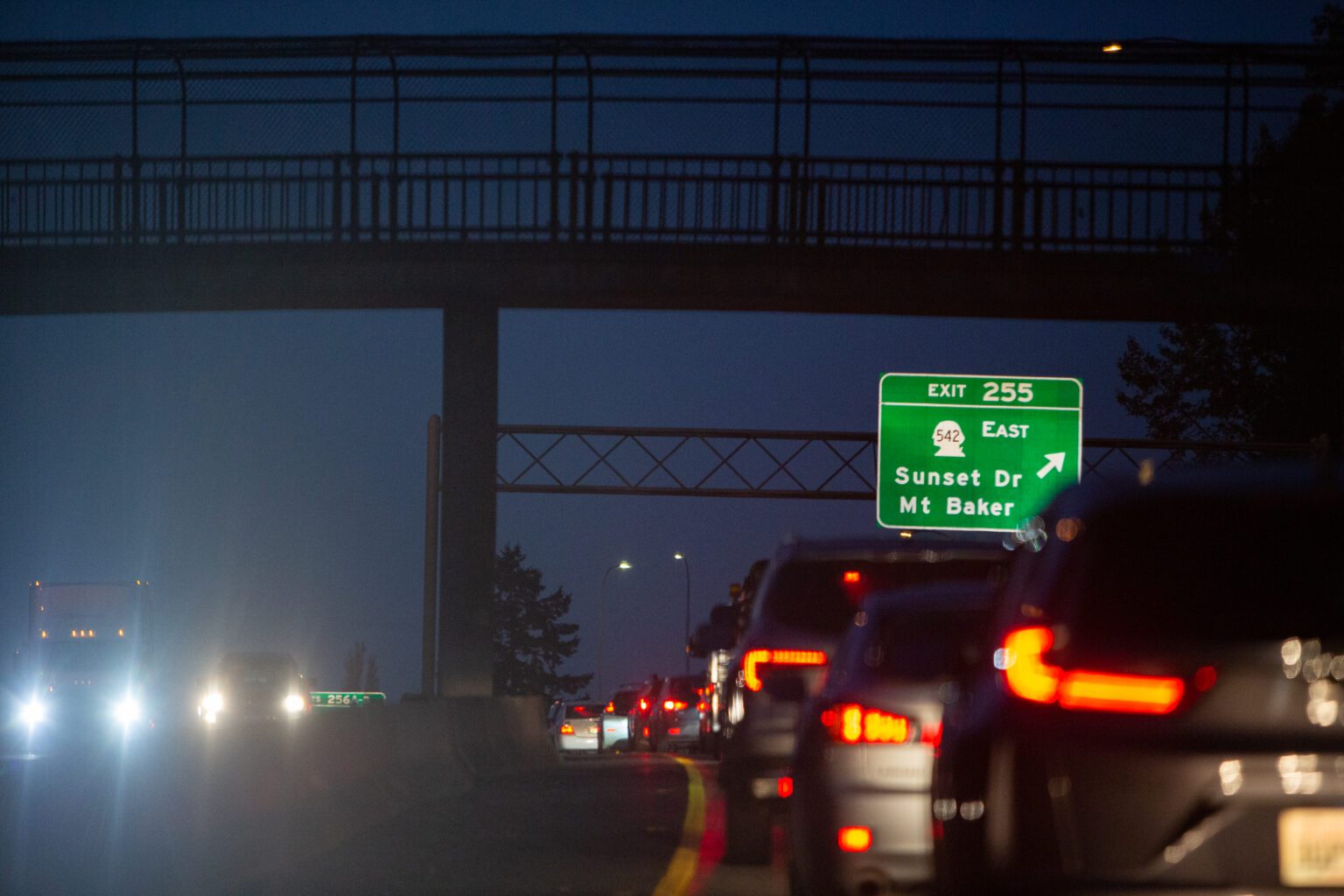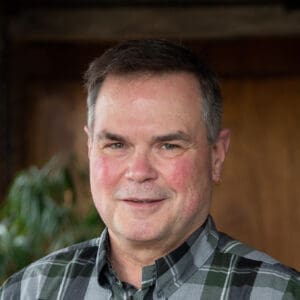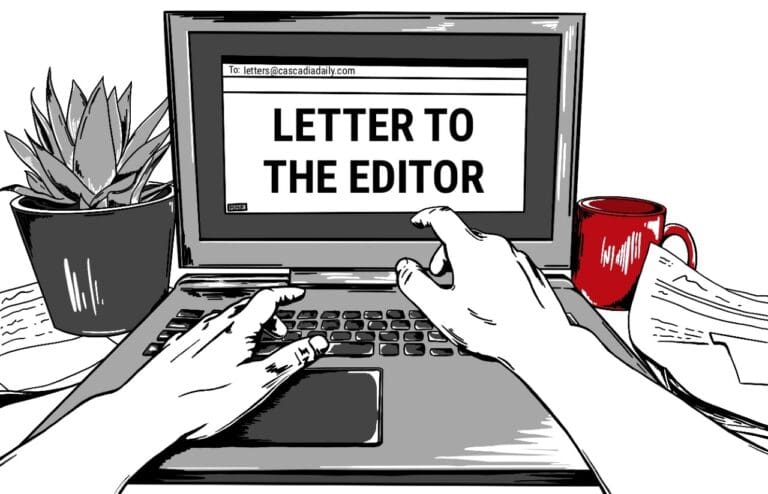The rant was all teed-up; snark gun fully cocked and loaded.
Right there in CDN’s Sunday Read p




- Save money
- Support local businesses
- Unlock exclusive Cascadia Daily News subscription discounts, like 50% off an annual subscription!
Browse our subscription offers or consider donating to support local journalism.
Already a subscriber?
Log in




Thank you, Amsa Burke, for being a voice for our Black community